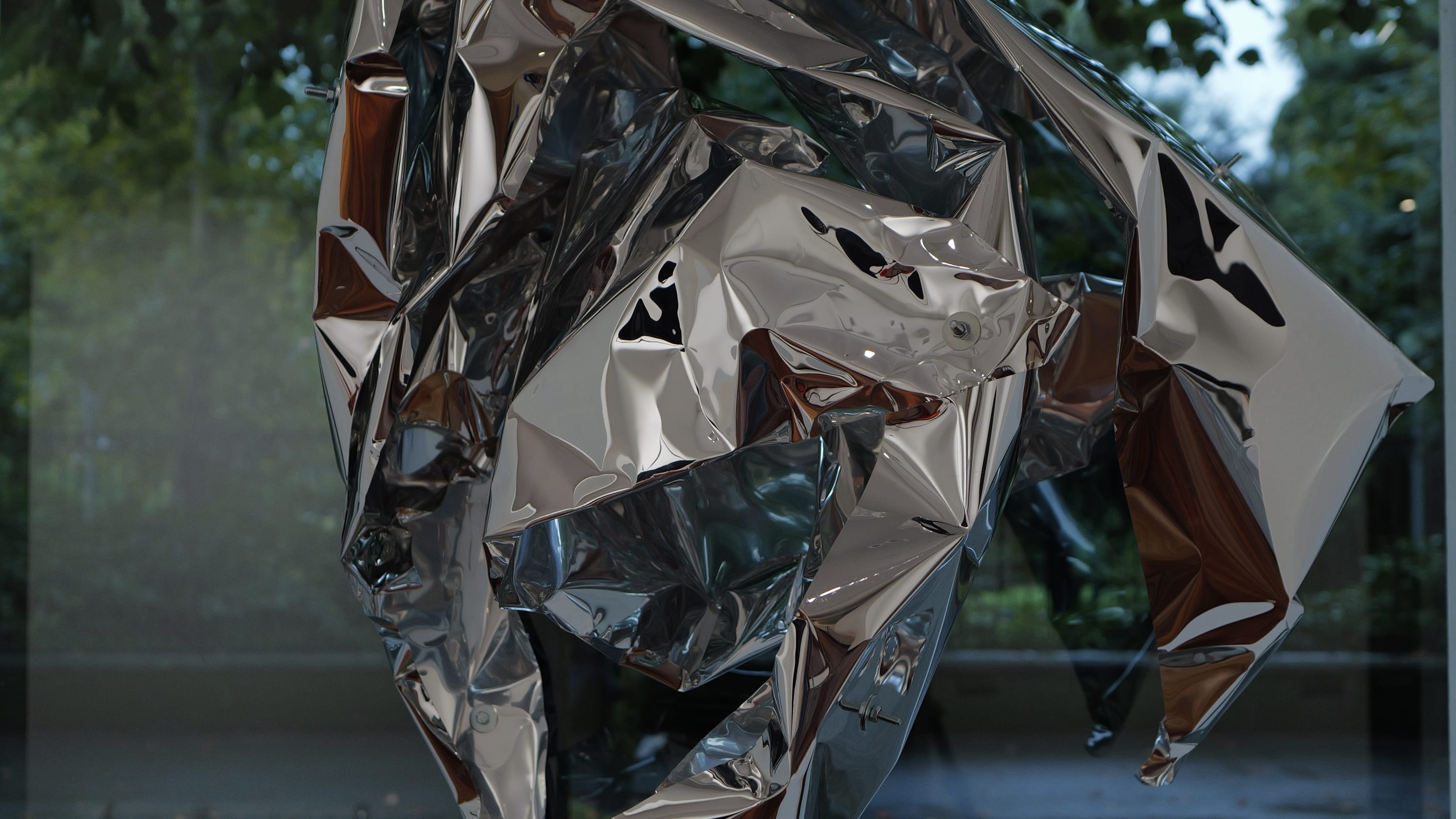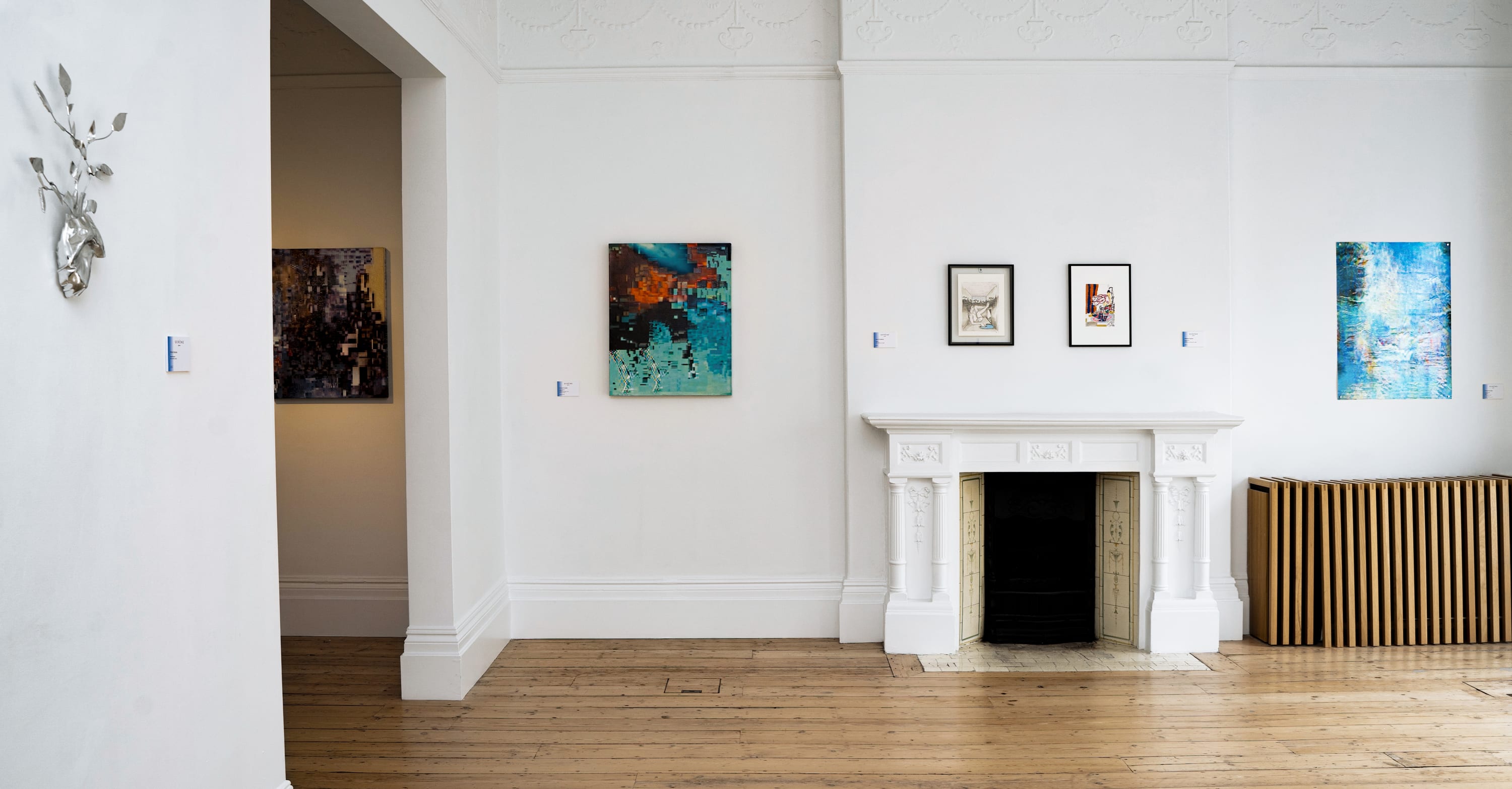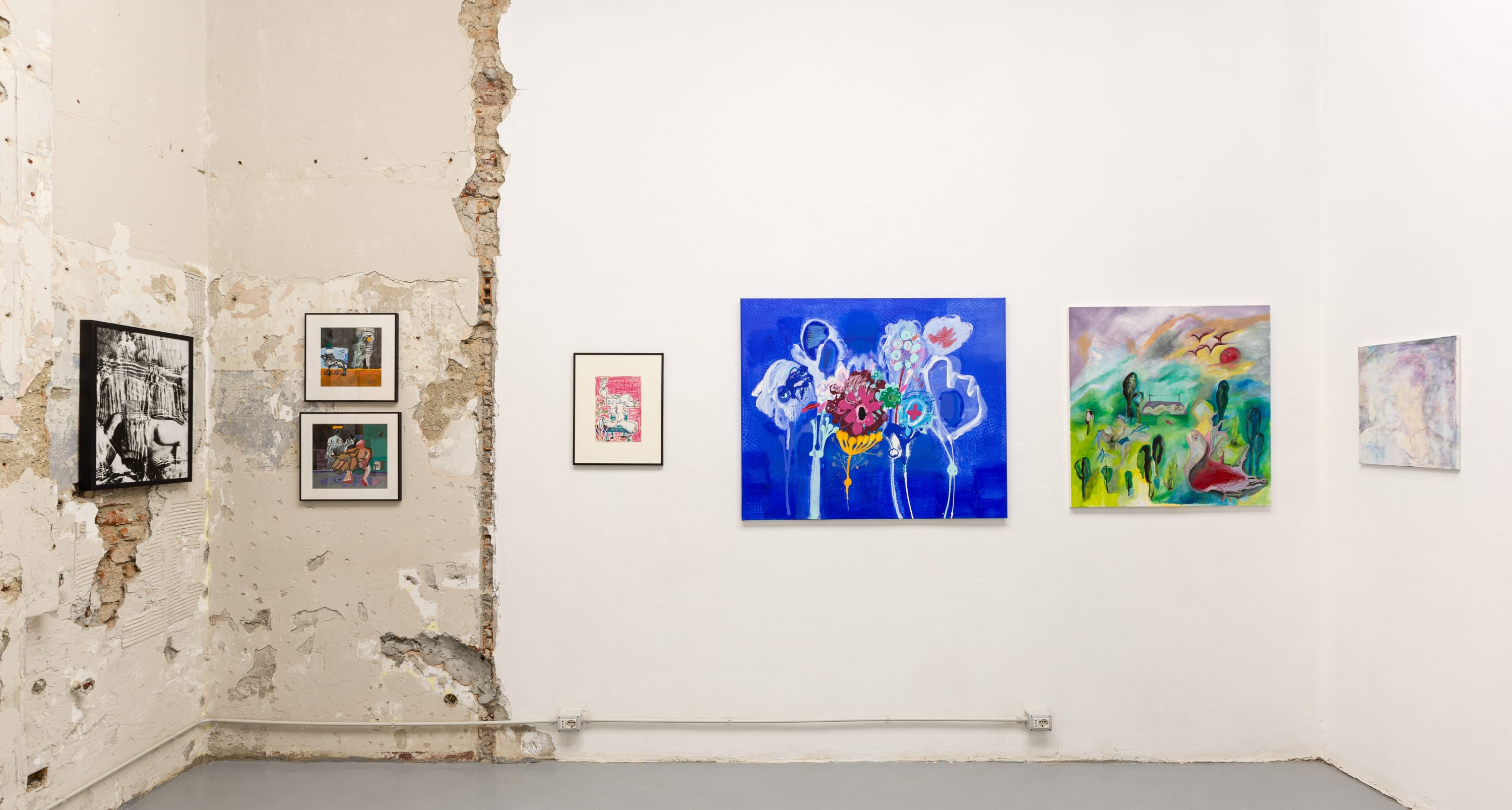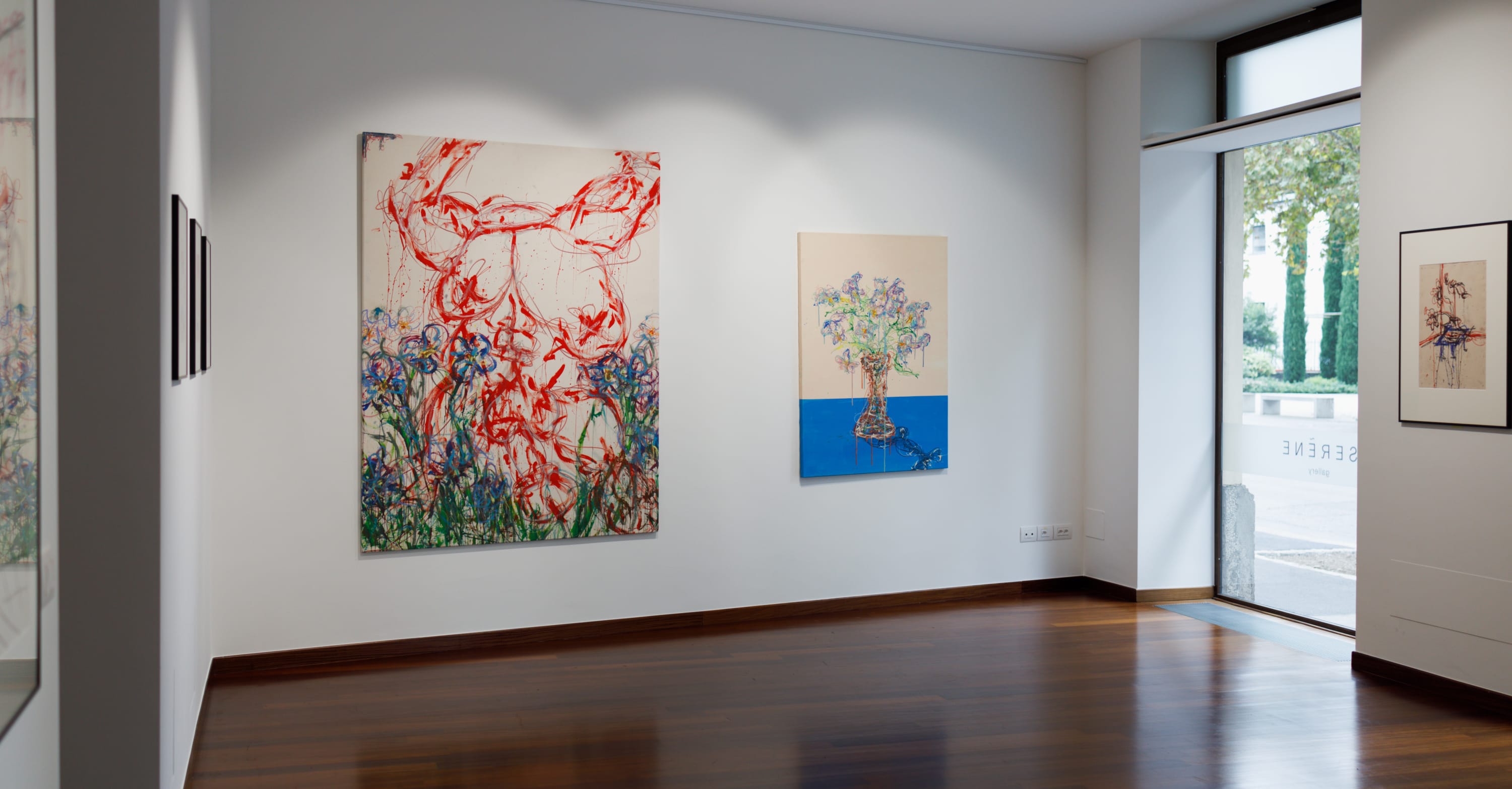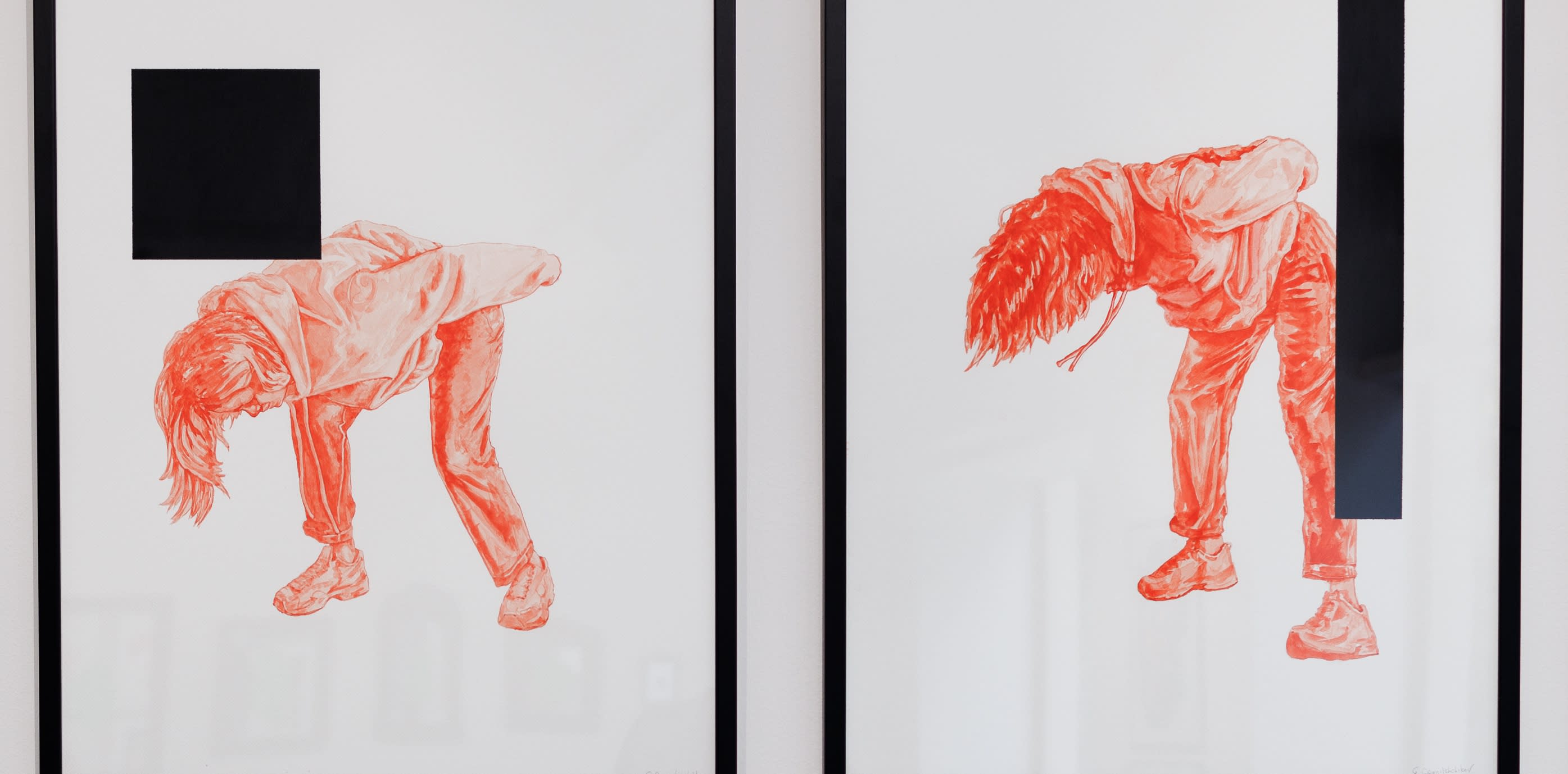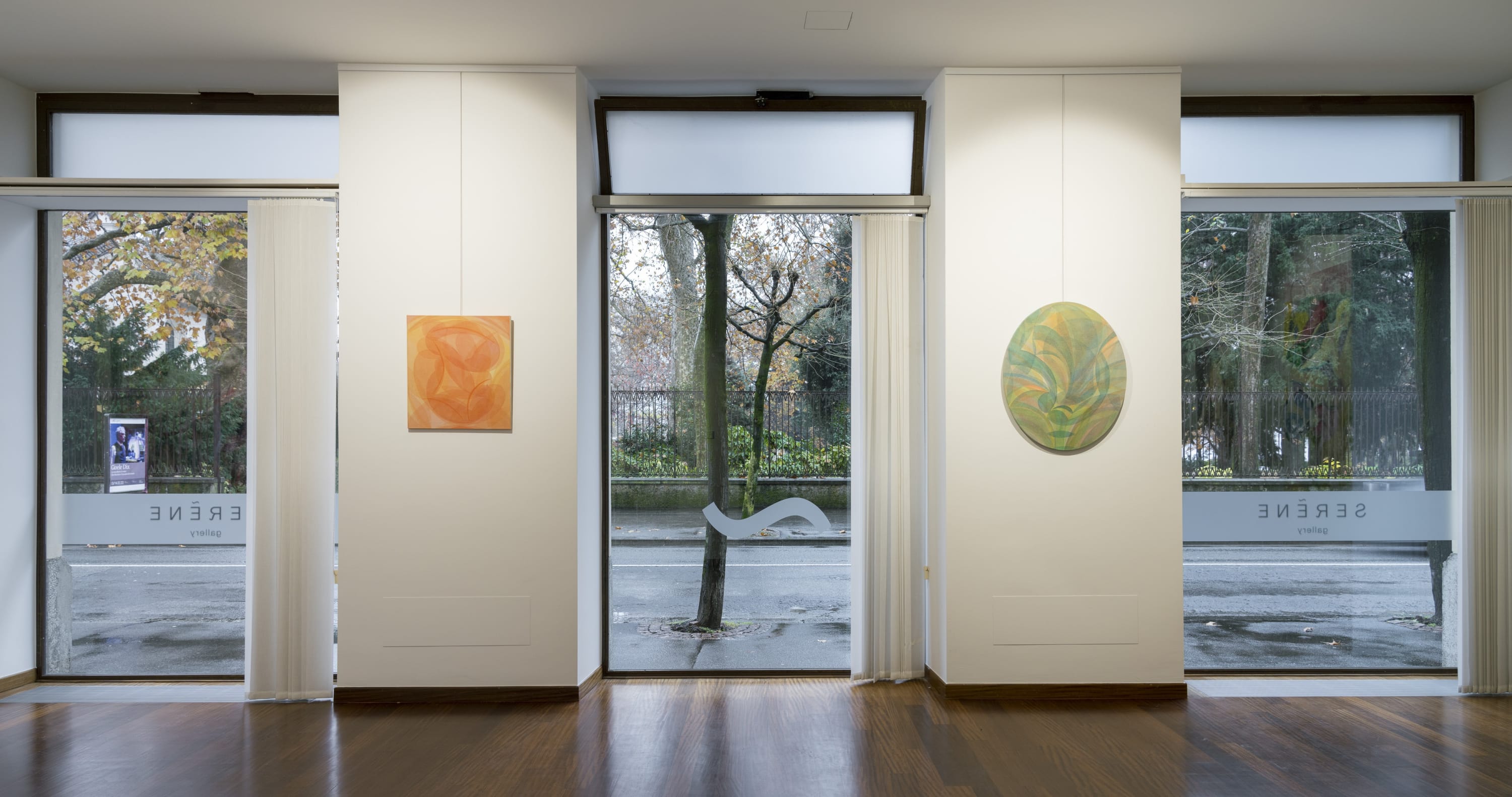-
Current: We're Only Left to Watch the Moon and Quietly Wait
28 November 2025 - 31 January 2026 In a historical moment in which our gaze seems constantly distracted, altered, or fragmented, Misha Nikatin’s works invite us to a form of radical attention. In his works, time loosens,... -

Past
For and Against Prometheus 25 September - 15 November 2025The Kosmos programme aims to “make worlds meet .” It does this by showing pairs of artists who are different in the way they express themselves and in the audience... -

Past
Inner Geographies 5 June - 13 September 2025The exhibition Inner Geographies , curated by Carla Burani , features works on paper by Susanna Baumgartner, Simone Pellegrini, and Evelyne Postic — three established artists in the contemporary art... -

Past
Picnic at the Roadside by Sandro Pianetti and Marco Scorti 24 April - 31 May 2025Serene Gallery is pleased to present the second installment of the Kosmos exhibition program, curated by Riccardo Lisi : 'Picnic at the Roadside' , a dual exhibition featuring Ticino-based artists... -

Past
Other Places, Other Lives by François Bonjour and Byron Gago 22 February - 12 April 2025Serene Gallery announces Kosmos for 2025: a program of exhibitions conceived and curated by Riccardo Lisi , a curator deeply involved in the Ticino and Swiss art scene. For 2025,... -

Past
Serenità by Victoria Kosheleva 3 October - 29 November 2024Victoria was born in 1989 in Moscow. She has been living and working in Paris since 2014. Victoria studied at Russian Academy of Arts in Moscow and Parsons New School... -

Past
London Summer Show 26 June - 5 July 2024The exhibition presents new works by ten contemporary artists: paintings by Olya Avstreyh and Ricardo Fumanal , works on paper by Augusta Alexander , Gayane Avetisyan and Martin Kovalenko ,... -

Past
Odd Winds by Olya Avstreyh 8 March - 18 May 2024 -

Past
I Promise to Stay With You. Pop-Up in London 24 - 28 April 2024For its first London exhibition, Serene Gallery showcases six contemporary artists working within various mediums. “I Promise to Stay With You ” is a group attempt to speak to our... -

Past
Rara Avis by Gayane Avetisyan 28 November 2023 - 29 February 2024Gayane Avetisyan was born in Armenia, a country famous for its culture and centuries-old history. There she received a classical art education: from 2011 to 2017 she studied painting at... -

Past
If only we could fall asleep. Pop-Up Exhibition in Milan 12 - 22 December 2023During these complex and uncertain times we find ourselves in, dreams can provide us with a special space to reflect on reality that surrounds us. The selected artists explain how... -

Past
Emotional Anatomy by Augusta Alexander 13 October - 15 November 2023What are we seeking in contemporary art as viewers? Emotions. We want to feel something and be more alive. What are artists looking for in contemporary art? Freedom, way out... -

Past
While You Are Silent Your Words Are Sleeping by Evgeny Granilschikov 12 September - 10 October 2023On the occasion of his solo show hosted by Serene, Evgeny Granilshchikov offers us different series of works amongst his recent output; the first of which consisted of 16 paintings... -

Past
The Ache of Being by Alessio Boni 7 - 31 July 2023The Ache of Being was first exhibited in March 2023 in Paris. In Serene Gallery in Lugano you can see the new curated version. The Ache of Being reflects on... -

Past
Metonymia by Giovanni Leonardo Bassan 20 May - 30 June 2023Metonymia: Portraits of Diversity It's a collection of small canvas oil paintings as well as drawings on paper that showcase the power of metonymy as a way to capture the... -

Past
Something New, Something Borrowed 10 March - 20 April 2023“Something New, Something Borrowed” is a new series of exhibitions in Serene Gallery. We like experiments, we like to discover new names for ourselves and for our audience. Each group... -

Past
Amici/Friends 9 December 2022 - 18 February 2023Serene Gallery is delighted to present its first exhibition 'Amici' ('Friends') curated by Alexandr Blanar. The exhibition is about friends and people who surround us. 'As a person I was... -
Subscribe to our mailing list
